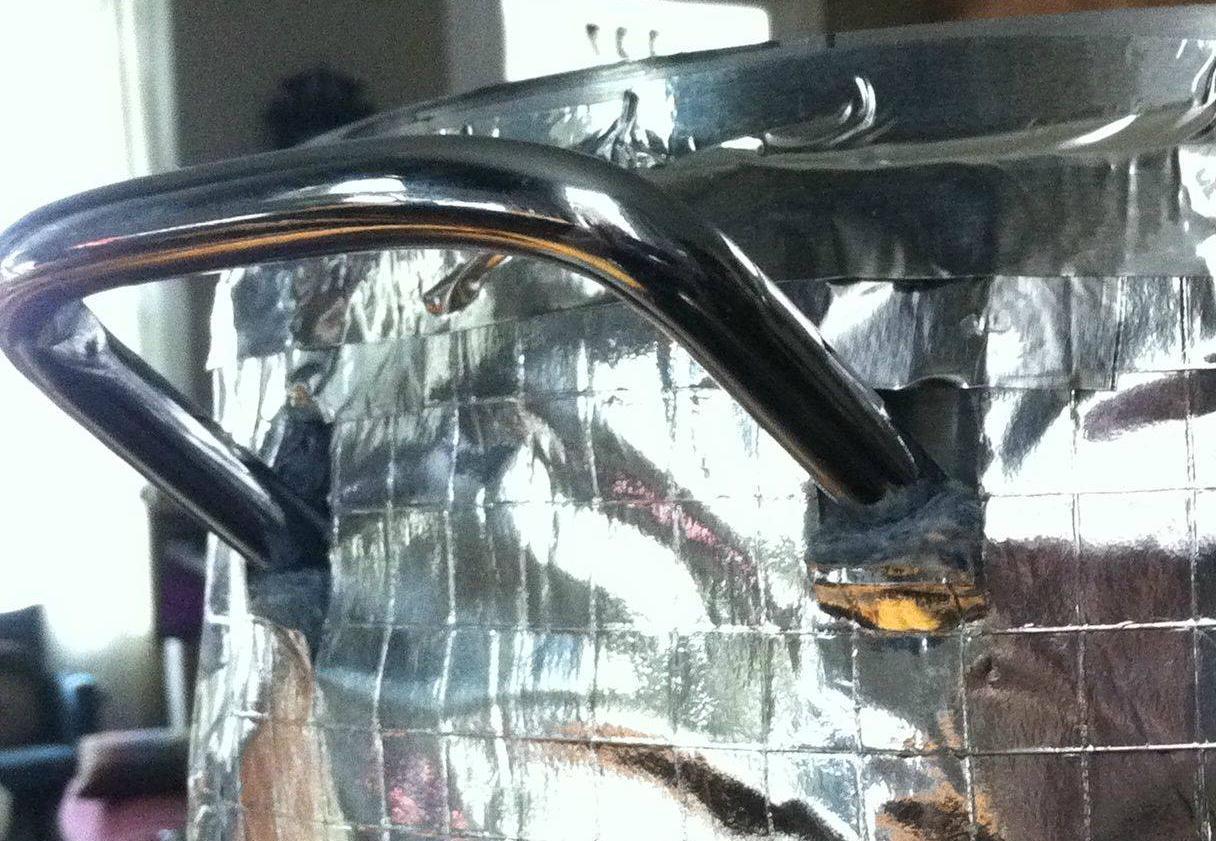Bdogg
Well-Known Member
I give you..... "The aluminum monster"  :
:

This is how I got my recent 7.25gal boil to go. I am using a crappy electric apartment stove, so I remove all the other burners (because the pot just runs into them otherwise), tinfoil all the way underneath the pot and up the sides. Looks like crap but works... Now that I have read this thread, I am going to run over to an auto supply store tomorrow and see what I can find. I figure if I can get it to give me a weak-ass rolling boil with tinfoil, then I can probably get a decent boil going if I do it properly... though, having read this thread, the advantage of the tinfoil is that it doesn't melt or burn and is extremely cheap. And hideous.


This is how I got my recent 7.25gal boil to go. I am using a crappy electric apartment stove, so I remove all the other burners (because the pot just runs into them otherwise), tinfoil all the way underneath the pot and up the sides. Looks like crap but works... Now that I have read this thread, I am going to run over to an auto supply store tomorrow and see what I can find. I figure if I can get it to give me a weak-ass rolling boil with tinfoil, then I can probably get a decent boil going if I do it properly... though, having read this thread, the advantage of the tinfoil is that it doesn't melt or burn and is extremely cheap. And hideous.











































![Craft A Brew - Safale BE-256 Yeast - Fermentis - Belgian Ale Dry Yeast - For Belgian & Strong Ales - Ingredients for Home Brewing - Beer Making Supplies - [3 Pack]](https://m.media-amazon.com/images/I/51bcKEwQmWL._SL500_.jpg)


















